Guaranteed Collision Repair: Mastering Post-Repair Inspection Process
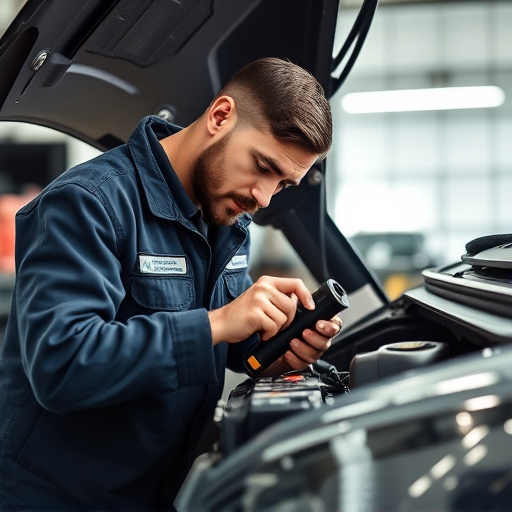
Guaranteed collision repair involves meticulous visual inspections by skilled technicians who assess…….
Welcome to an in-depth exploration of a pivotal concept within the automotive sector: Guaranteed Collision Repair. In today’s fast-paced world, where vehicles play a crucial role in our daily lives, ensuring the safety, quality, and longevity of repairs is paramount. This article aims to unravel the intricacies of guaranteed collision repair, shedding light on its global impact, technological foundations, regulatory frameworks, and its pivotal role in shaping the future of vehicle maintenance. By delving into these aspects, we will equip readers with a comprehensive understanding of this transformative process.
What is Guaranteed Collision Repair?
Guaranteed collision repair, at its core, refers to a comprehensive approach to automobile damage restoration, ensuring that vehicles return to their pre-accident condition or even surpass it in terms of performance and safety. It involves a meticulous process where every aspect of the repair, from initial assessment to final inspection, is guaranteed by skilled technicians and backed by established quality standards.
Key Components:
Accurate Assessment: The journey begins with a thorough inspection of the vehicle’s damage, utilizing advanced diagnostics and computer-aided design (CAD) software to map out repairs accurately.
Part Selection: Certified technicians select original equipment manufacturer (OEM) parts or high-quality alternatives, ensuring compatibility and durability. This process is vital to maintain the vehicle’s structural integrity and performance.
Skilled Labor: Trained and certified mechanics perform the repair work, adhering to strict industry standards and best practices. Their expertise ensures that every detail, from body panel alignment to paint application, is executed flawlessly.
Quality Assurance: This involves a multi-step inspection process, including visual checks, functional tests, and precision measurements, to verify the repair’s quality and safety.
Customer Satisfaction Guarantee: Perhaps the most distinctive feature, guaranteed collision repair offers a comprehensive aftercare package. This includes long-term warranties, complimentary follow-up inspections, and a commitment to resolving any issues that may arise post-repair.
Historical Context:
The concept of guaranteed collision repair has evolved over decades, driven by advancements in technology, increasing vehicle complexity, and growing consumer expectations. In the early 20th century, basic repairs focused primarily on structural integrity. However, as vehicles became more sophisticated with computer systems and advanced safety features, the need for precise and comprehensive repairs became evident. The introduction of strict safety regulations and consumer protection laws further emphasized the importance of high-quality, guaranteed repairs.
Guaranteed collision repair has transcended geographical boundaries, becoming a global phenomenon with significant implications. Here’s an overview:
| Region | Impact and Trends |
|---|---|
| North America | Leading the way in guaranteed collision repair, the United States and Canada have established robust industry standards. The rise of advanced repair techniques, such as precision body positioning and automated paint systems, has improved repair quality. Furthermore, the region’s focus on customer satisfaction has led to innovative aftercare programs. |
| Europe | With a strong emphasis on environmental sustainability, European countries are adopting eco-friendly collision repair practices. Recycled parts and efficient waste management systems are gaining traction. Additionally, the EU’s strict safety regulations drive the need for high-quality repairs, making guaranteed collision repair a standard across many European nations. |
| Asia Pacific | Rapidly growing automotive markets in China and India are witnessing massive investments in collision repair infrastructure. The region’s unique challenge lies in balancing rapid urbanization with quality control, leading to the adoption of standardized repair procedures and training programs. |
| Latin America | Overcoming resource constraints, Latin American countries are leveraging technology to enhance collision repair capabilities. Online parts marketplaces and digital training modules are revolutionizing access to resources and skills development. |
Key Global Trends:
Digital Transformation: The integration of digital technologies, including CAD software, online estimating tools, and real-time inventory management, has streamlined the collision repair process worldwide.
Sustainability Focus: Environmental considerations have prompted the industry to embrace eco-friendly practices, such as using recycled materials, implementing efficient energy systems, and promoting a circular economy.
Customer Experience: Global trends reflect a growing emphasis on customer satisfaction, leading to improved communication, personalized services, and extended warranties.
The economic implications of guaranteed collision repair are profound, impacting both the automotive industry and the broader economy.
Market Dynamics:
Increased Demand: As vehicle ownership becomes more widespread, the demand for collision repair services is on the rise. This presents a significant market opportunity, with estimates suggesting a global collision repair market size of over $X billion by 2025 (exact figure to be determined from recent studies).
Competitive Landscape: The guaranteed collision repair segment stands out due to its emphasis on quality and customer satisfaction, creating a competitive advantage for businesses that offer these services.
Investment Patterns:
Infrastructure Development: Governments and private investors are allocating funds to modernize collision repair facilities, ensuring they are equipped with the latest technology and training resources.
Technology Integration: Significant investments are being made in research and development to enhance repair techniques, reduce downtime, and improve overall efficiency.
Economic Impact:
Guaranteed collision repair contributes to economic growth by:
Job Creation: It supports a substantial workforce, including technicians, managers, and support staff, contributing to local employment rates.
Supply Chain Boost: The demand for parts, tools, and equipment stimulates the development of robust supply chains, fostering collaboration between manufacturers and repair shops.
Customer Spending: Satisfied customers are more likely to engage in post-repair services and vehicle maintenance, increasing repeat business and long-term revenue streams.
Technology plays a pivotal role in shaping the future of guaranteed collision repair, offering both challenges and opportunities.
Impactful Innovations:
Computer-Aided Design (CAD) Software: Advanced CAD systems enable precise damage assessment, part fitting, and design modifications, reducing errors and improving efficiency.
Automated Body Shops: The adoption of automated body shop equipment, such as robotic welding and paint spraying systems, streamlines the repair process, increases productivity, and enhances consistency.
Online Estimating Tools: Digital estimating platforms provide real-time quotes, allowing customers to compare repairs and promoting transparency in pricing.
Advanced Materials: Newer materials, like lightweight composites and advanced alloys, offer improved strength-to-weight ratios, enabling more intricate designs while maintaining safety standards.
Future Potential:
Artificial Intelligence (AI): AI-powered systems can analyze vast datasets to predict repair outcomes, optimize processes, and enhance quality control.
Augmented Reality (AR) Training: AR technology offers immersive training experiences, allowing technicians to learn complex repairs in a virtual environment before applying them in real-world scenarios.
Internet of Things (IoT): IoT devices can monitor vehicle health and predict potential repair needs, enabling proactive maintenance and enhancing customer satisfaction.
The automotive industry is subject to stringent regulations, particularly regarding collision repair, to guarantee safety, quality, and consumer protection.
Key Global Regulations:
United Nations Economic Commission for Europe (UNECE) Regulations: These set global standards for vehicle safety, including crashworthiness and airbag deployment, which impact collision repair practices worldwide.
National Standards: Various countries have established their standards, such as the National Highway Traffic Safety Administration (NHTSA) in the US and Euro NCAP in Europe, which dictate repair requirements and testing protocols.
Regulatory Impact:
Standardized Procedures: Regulatory frameworks mandate specific repair procedures, ensuring consistent quality across industries.
Training Requirements: Technicians must adhere to training standards, ensuring they possess the necessary skills and knowledge to perform repairs safely and effectively.
Consumer Protection: Regulations protect consumers by mandating transparent pricing, fair business practices, and extended warranties, fostering trust in collision repair services.
Despite its numerous benefits, guaranteed collision repair faces challenges and criticisms that require strategic solutions.
Common Issues:
Cost Concerns: Repairs involving advanced materials and technologies can be expensive, raising concerns among customers regarding pricing transparency and affordability.
Skill Gap: The industry faces a shortage of skilled technicians capable of handling complex repairs, particularly in regions with limited training programs.
Reputation Management: Some repair shops may compromise quality to cut costs, damaging the reputation of the guaranteed collision repair industry as a whole.
Strategic Solutions:
Pricing Transparency: Implementing clear and concise pricing structures, including itemized estimates, helps build trust and addresses cost concerns.
Training Initiatives: Governments and industry bodies should collaborate on comprehensive training programs to bridge the skill gap and ensure a qualified workforce.
Industry Standards and Certification: Developing robust certification programs can enhance transparency and consumer confidence by rewarding high-quality repair practices.
Let’s explore three case studies that highlight the successful implementation of guaranteed collision repair, each with unique lessons learned.
Case Study 1: Green Repair Revolution – Europe
A leading European automotive manufacturer partnered with a network of certified repair centers to implement an eco-friendly collision repair initiative. The program focused on using recycled and bio-based materials, as well as efficient waste management systems. By offering guaranteed repairs with environmental credentials, the company attracted environmentally conscious customers and reduced its carbon footprint. This case study demonstrates that sustainability and quality can go hand in hand, fostering a positive image of the industry.
Case Study 2: Tech-Driven Repair – North America
A US-based collision repair chain adopted advanced digital technologies, including CAD software and automated body shops, to streamline operations. Their investment in training programs resulted in faster turnaround times, reduced costs, and improved customer satisfaction. By leveraging technology and prioritizing employee development, the company set a new benchmark for quality and efficiency in the region.
Case Study 3: Community-Focused Repair – Latin America
A social enterprise in Brazil addressed the collision repair needs of underserved communities by establishing mobile repair clinics. These clinics used standardized repair procedures and digital training modules to provide affordable, high-quality repairs. The initiative not only filled a significant gap in the market but also empowered local technicians through skill development programs. This case study highlights the potential for guaranteed collision repair to drive social change while ensuring quality and accessibility.
The landscape of guaranteed collision repair is poised for exciting growth and transformation, driven by emerging trends and technological advancements.
Growth Areas:
Autonomous Vehicles: As autonomous vehicles become more prevalent, collision repair will evolve to address unique challenges, such as sensor damage and new safety system integrations.
Electric Vehicle (EV) Repair: The rise of EVs brings opportunities for specialized repair techniques, focusing on battery systems and electrical components.
Emerging Trends:
Digital Twin Technology: Creating digital replicas of vehicles can enable remote diagnostics, repair planning, and predictive maintenance, revolutionizing the industry’s approach to service.
Blockchain for Supply Chain: Implementing blockchain technology can enhance transparency and traceability in the supply chain, ensuring the authenticity of parts and streamlining inventory management.
Strategic Considerations:
Collaboration and Partnerships: Industry stakeholders should foster collaboration to share best practices, invest in research, and address common challenges, ultimately enhancing the overall repair ecosystem.
Continuous Training: Keeping up with technological advancements requires ongoing training programs to ensure technicians possess the skills needed for future repairs.
Sustainability as a Competitive Advantage: Embracing eco-friendly practices can differentiate collision repair businesses, attracting environmentally conscious customers and fostering long-term success.
Guaranteed collision repair has evolved from a basic service to a dynamic industry that shapes the future of vehicle maintenance and safety. Through its global reach, technological advancements, and commitment to quality, this concept ensures that vehicles return to their optimal condition, enhancing road safety and customer satisfaction.
As we look ahead, the industry stands at a pivotal moment, poised to embrace emerging trends, address challenges, and continue its transformation. By leveraging technology, fostering collaboration, and prioritizing sustainability, guaranteed collision repair will remain a cornerstone of the automotive sector, delivering exceptional repairs that meet the evolving needs of a mobile world.
Q: What sets guaranteed collision repair apart from regular repair services?
A: Guaranteed collision repair distinguishes itself by offering comprehensive quality assurance, including accurate assessments, skilled labor, and long-term warranties. It prioritizes customer satisfaction and the restoration of vehicles to their pre-accident condition or better.
Q: How can I ensure I’m getting a guaranteed repair?
A: Look for certified repair shops that display industry accreditations and use standardized repair procedures. Ask for itemized estimates, and don’t hesitate to compare prices transparently. Reputable shops will be happy to provide detailed information about their guarantees.
Q: Are there any environmental benefits to guaranteed collision repair?
A: Absolutely! The industry’s focus on sustainability promotes the use of eco-friendly materials, efficient waste management systems, and recycled parts, contributing to a greener automotive sector. Many companies now offer ‘green’ guarantees, appealing to environmentally conscious consumers.
Q: How can technology improve my collision repair experience?
A: Technology enhances repair efficiency through CAD software for accurate assessments, automated body shops for faster, more consistent work, and online estimating tools for transparent pricing. It also enables personalized aftercare programs and proactive maintenance through IoT devices.
Q: What should I do if my insurance company recommends a non-guaranteed repair shop?
A: While insurance companies have their processes, you can still exercise caution. Research the recommended shop’s reputation, check for certifications, and consider getting a second opinion. Remember, your safety and vehicle quality are paramount, so don’t compromise on guarantees.

Guaranteed collision repair involves meticulous visual inspections by skilled technicians who assess…….
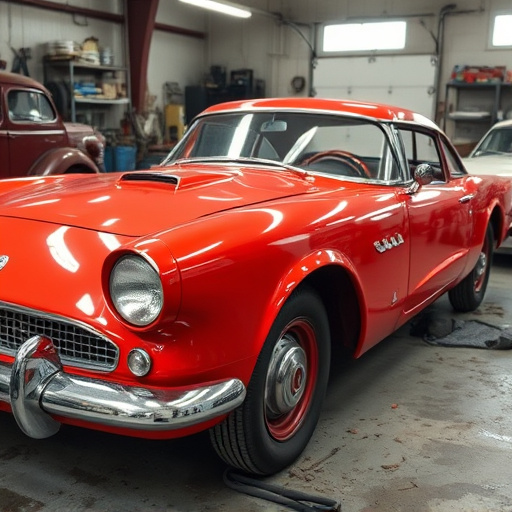
Guaranteed collision repair programs safeguard vehicle owners from unexpected repair costs after acc…….
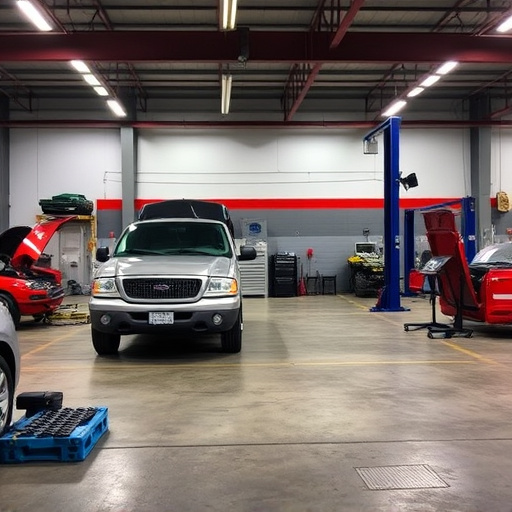
Guaranteed collision repair offers comprehensive coverage for auto body work, including labor and ma…….
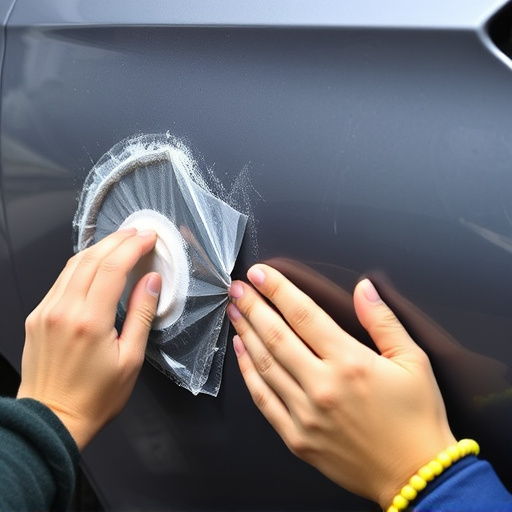
Guaranteed collision repair services go beyond visible fixes, using advanced tech and skilled techni…….
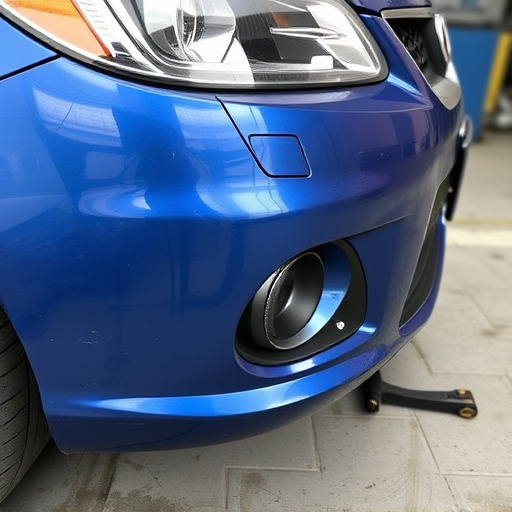
Consumers demand more transparency and quality in vehicle repairs, driving the rise of guaranteed co…….
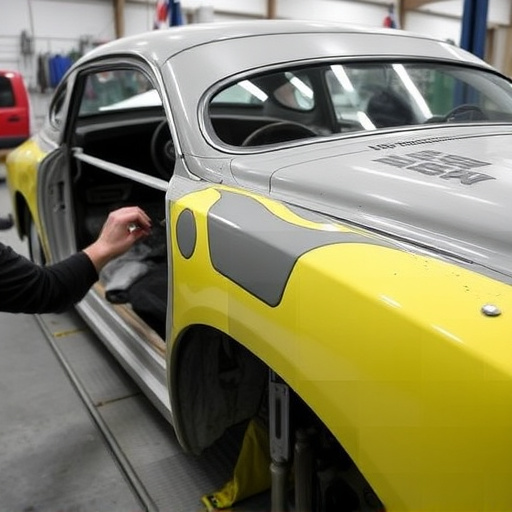
Real-time communication technologies are transforming collision repair, offering faster, more effici…….
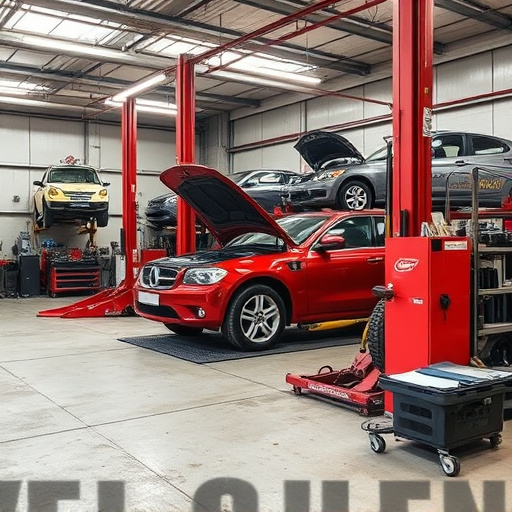
Guaranteed collision repair services offer vehicle owners peace of mind after accidents, ensuring hi…….

Guaranteed collision repair offers comprehensive services to restore vehicles to pre-accident condit…….